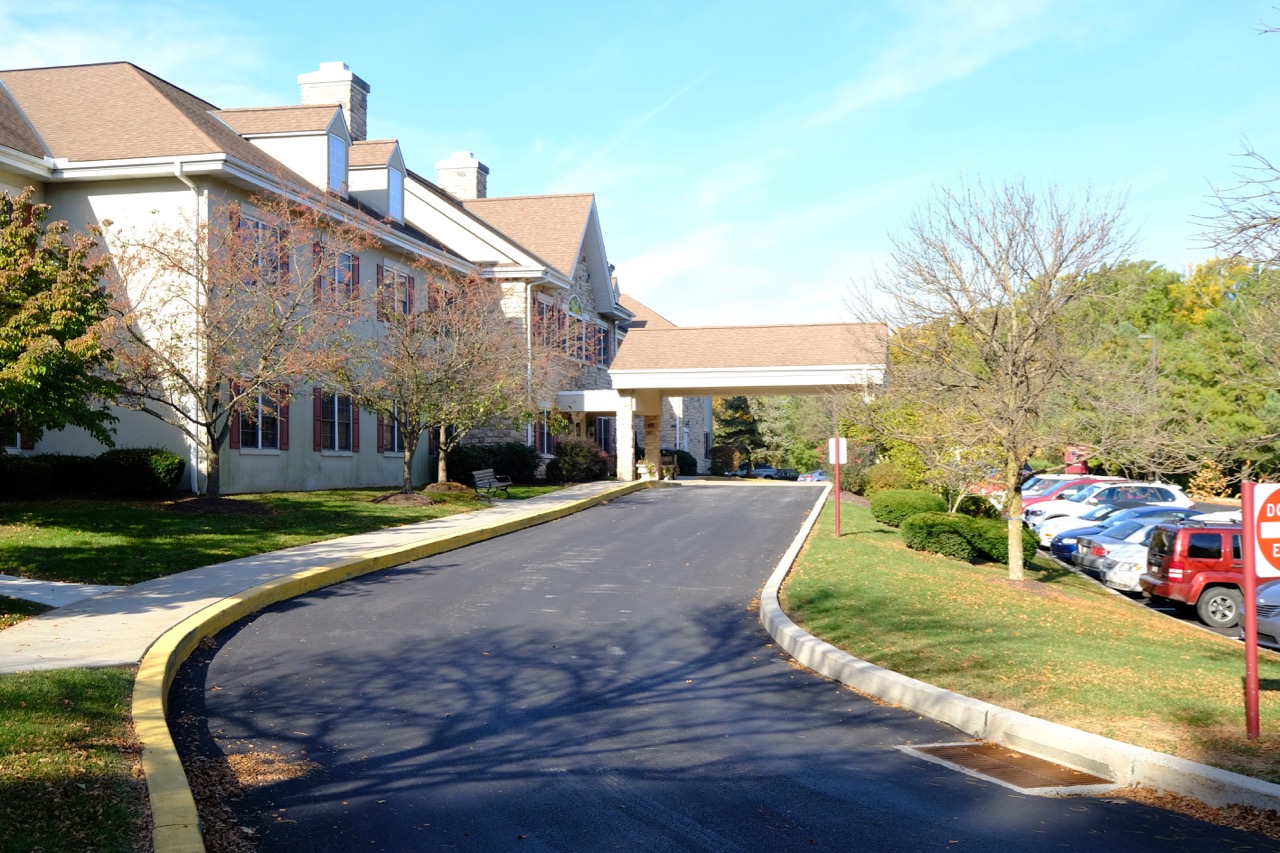Memory Care vs. Personal Care: What’s the Difference?

If someone you love is no longer able to live independently, moving to a community where they can get the support they need may be a good option. The question is, how much support do they need? There’s a big difference between personal care and memory care. To help you understand which one may be better for your situation, we’ve outlined the differences below.
Personal care: A helping hand with daily activities.
Personal care is designed for people who need some help with day-to-day tasks, but who don’t require a high level of one-on-one care. Needs vary but include help with activities of daily living such as bathing, dressing, eating, managing medication, or getting from A to B.If your loved one lives on their own and is at risk of falling, moving to a personal care community where help is available 24/7 could prevent a serious injury. At a senior living community like Freedom Village at Brandywine, residents can take balance classes to help strengthen muscles, improve coordination, and reduce their risk of falling.In addition to fitness classes, there’s a wide range of social, educational and recreational activities to help residents stay active and engaged. Social isolation and loneliness are major problems for older adults who live on their own. Depression, cardiovascular disease, poor cognitive function, and a shorter life span are all associated with loneliness and social isolation. If your loved one’s not getting out like they used to — or can no longer drive a car — moving to a personal care community could give them a new lease on life.Memory care: specialized care in a safe, structured environment.
If someone you love has been diagnosed with Alzheimer’s or another form of dementia, they’re going to need round-the-clock care at some point. Memory care communities are designed specifically to provide the personalized care they need in a safe, supportive setting.Staff members receive special training in how to care for older adults with memory loss. They check in with residents more frequently than staff do at a personal care community, and they provide extra structure and support to help residents navigate their day. Activities are scheduled to provide a comforting routine for residents with memory problems. There are visual cues and distinctive landmarks to help residents find their way more easily. Large windows allow exposure to natural light, which helps regulate circadian rhythms and alleviate sundowning. Secure outdoor spaces also allow residents to relieve stress and move about freely in a serene setting. Throughout the community, security is enhanced to prevent residents from wandering.Memory Care vs. Personal Care
Memory care is designed for people living with memory loss, while personal care is designed for people who need help with activities of daily living. Here’s a quick overview of the differences between memory care and personal care.Memory Care
- Staff receive specialized memory care training
- Assistance with activities of daily living, as needed
- Layout designed to minimize confusion
- Activities geared to cognitive abilities and each resident’s life story. Typical activities include music therapy, dancing, arts and crafts, jigsaw puzzles, etc.
- Security is enhanced to prevent wandering
- Average monthly cost in Pennsylvania is around $5,000
Personal Care
- Staff not specifically trained to care for residents with memory loss
- Assistance with activities of daily living, as needed
- Layout designed for socialization with larger common spaces (dining, lounge, etc.)
- Activities geared to physical abilities and residents’ interests
- Daily check-in and emergency response system
- Average monthly cost in Pennsylvania is around $4,000 (one-bedroom apartment)




